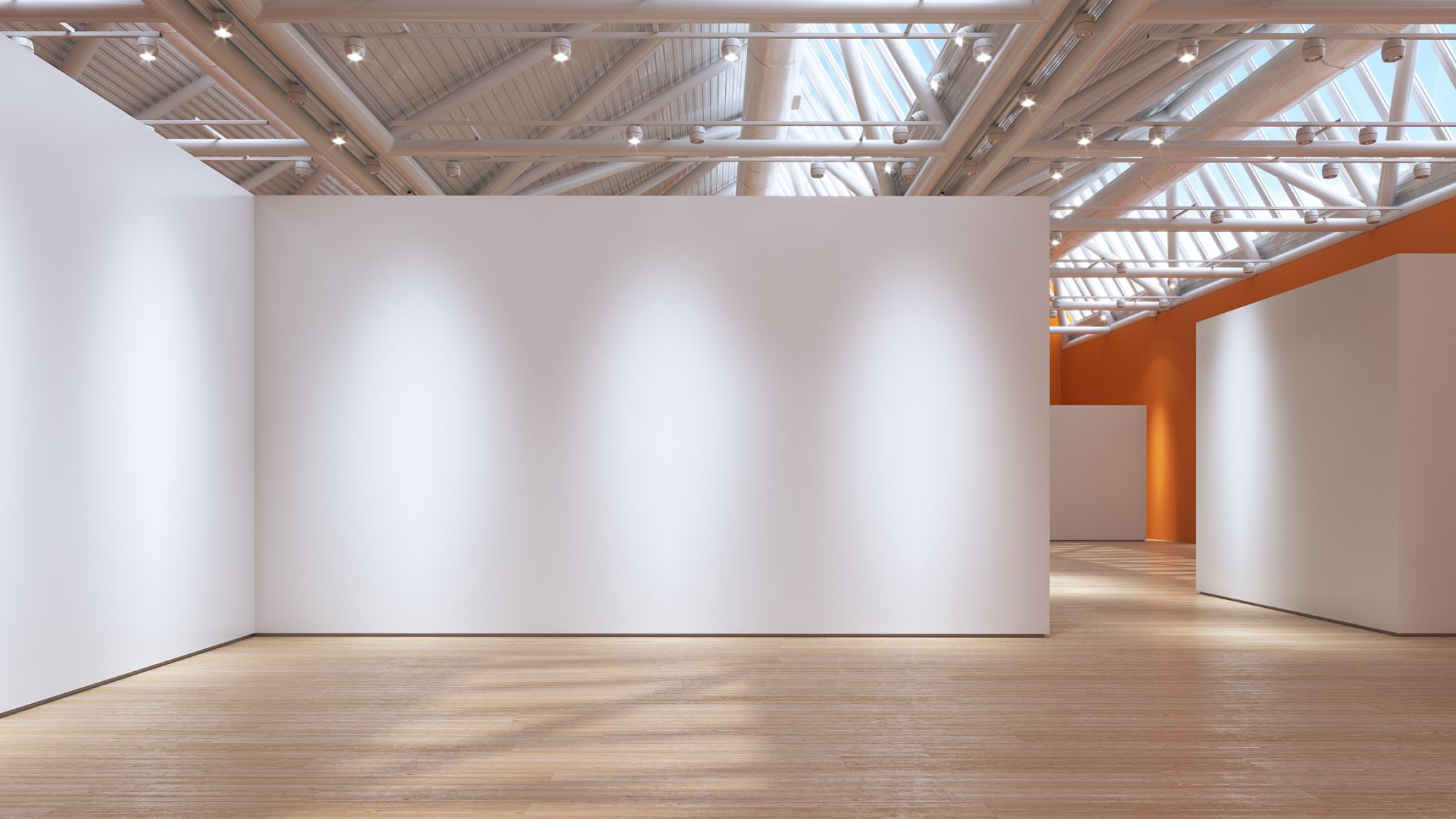10 Common Misconceptions About Digital Art Debunked
Introduction to Digital Art Misconceptions
Digital art, a thriving field in today's creative landscape, is often misunderstood. Despite its growing popularity, numerous misconceptions cloud the perception of what digital art truly is and how it is created. In this blog post, we aim to debunk ten common misconceptions about digital art.

Misconception 1: Digital Art Is Easier Than Traditional Art
One common belief is that digital art is inherently easier than traditional art. This misconception arises from the idea that technology simplifies the creative process. In reality, digital artists require a similar level of skill and creativity as traditional artists. Mastery of software tools, understanding of color theory, and artistic vision are crucial for success in both mediums.
The Tools Don't Make the Artist
Just as owning expensive brushes doesn't make one a painter, having access to digital tools doesn't automatically make someone an artist. The talent, dedication, and creativity of the artist are what truly matter.
Misconception 2: Digital Art Is Not "Real" Art
Some argue that digital art lacks authenticity because it doesn't involve physical materials. However, art is not defined by its medium but by its ability to convey emotions and ideas. Digital art is as valid and impactful as any other form.

The Value of Digital Art
Digital art can be printed, displayed on screens, or even projected onto large surfaces, providing a diverse range of experiences for audiences. The medium allows artists to reach wider audiences and engage with their work in innovative ways.
Misconception 3: Digital Art Is Just About Using Filters
Another myth is that digital artists rely heavily on filters to create their work. While filters can enhance images, they are just one tool among many. Digital artists use a variety of techniques, from digital painting to 3D modeling, requiring technical skill and creativity.
The Complexity Behind Digital Creations
The process of creating digital art involves planning, sketching, layering, and refining—similar to traditional methods. This complexity underscores the artistic effort behind each piece.

Misconception 4: Anyone Can Do Digital Art with the Right Software
The notion that anyone can create digital art simply by owning the right software is misleading. While access to tools is more democratic than ever, creating compelling digital art requires practice, knowledge, and an understanding of artistic principles.
The Role of Skill and Experience
Much like learning a musical instrument, developing proficiency in digital art takes time and dedication. It involves learning how to use software effectively and understanding fundamental concepts like composition and lighting.
Conclusion
Digital art is a legitimate and complex form of artistic expression that requires skill, creativity, and hard work. By debunking these misconceptions, we can foster a greater appreciation for digital artists and their contributions to the art world. Embracing digital art opens up new possibilities for creativity and innovation.
